The Regulatory Technology Market is currently characterized by a dynamic competitive landscape, driven by the increasing complexity of regulatory requirements across various sectors. Key players are actively engaging in strategies that emphasize innovation, partnerships, and digital transformation to enhance their service offerings. Companies such as Thomson Reuters (CA), LexisNexis (US), and Wolters Kluwer (NL) are at the forefront, leveraging their extensive data analytics capabilities and regulatory expertise to provide comprehensive solutions. Their strategic positioning not only reflects a commitment to compliance but also a proactive approach to anticipating regulatory changes, thereby shaping the competitive environment in favor of those who can adapt swiftly.
In terms of business tactics, the Regulatory Technology Market exhibits a moderately fragmented structure, with numerous players vying for market share. Key tactics include localizing services to meet regional regulatory demands and optimizing supply chains to ensure compliance efficiency. The collective influence of major players like FIS (US) and SAS Institute (US) is notable, as they continue to expand their global footprint while enhancing their technological capabilities. This competitive structure fosters an environment where innovation is paramount, compelling companies to continuously refine their offerings to maintain relevance.
In August 2025, Thomson Reuters (CA) announced a strategic partnership with a leading AI firm to enhance its regulatory compliance solutions. This collaboration aims to integrate advanced machine learning algorithms into their existing platforms, thereby improving the accuracy and efficiency of compliance processes. Such a move underscores the importance of technological integration in meeting evolving regulatory demands and positions Thomson Reuters as a leader in the digital transformation of regulatory compliance.
Similarly, in September 2025, LexisNexis (US) launched a new suite of tools designed to streamline compliance workflows for financial institutions. This initiative reflects a growing trend towards automation in regulatory processes, allowing clients to reduce operational risks and enhance compliance efficiency. The introduction of these tools not only strengthens LexisNexis's market position but also highlights the increasing reliance on technology to navigate complex regulatory landscapes.
Moreover, in July 2025, Wolters Kluwer (NL) expanded its global reach by acquiring a regional compliance technology firm in Asia. This acquisition is indicative of a broader trend where established players seek to bolster their market presence through strategic mergers and acquisitions. By integrating local expertise with their existing capabilities, Wolters Kluwer aims to provide tailored solutions that address specific regional regulatory challenges, thereby enhancing its competitive edge.
As of October 2025, the Regulatory Technology Market is witnessing significant trends such as the integration of artificial intelligence, a heightened focus on sustainability, and the ongoing digitalization of compliance processes. Strategic alliances are increasingly shaping the landscape, enabling companies to pool resources and expertise to tackle complex regulatory challenges. Looking ahead, competitive differentiation is likely to evolve, with a shift from traditional price-based competition towards innovation, technological advancement, and supply chain reliability becoming paramount. This evolution suggests that companies that prioritize these aspects will be better positioned to thrive in an increasingly complex regulatory environment.


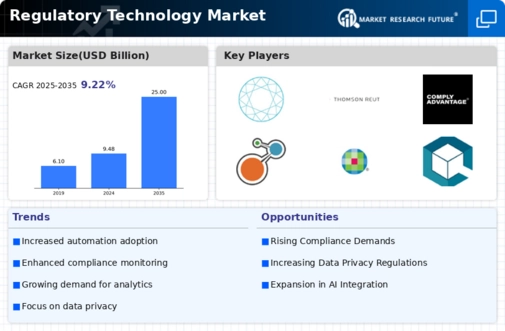

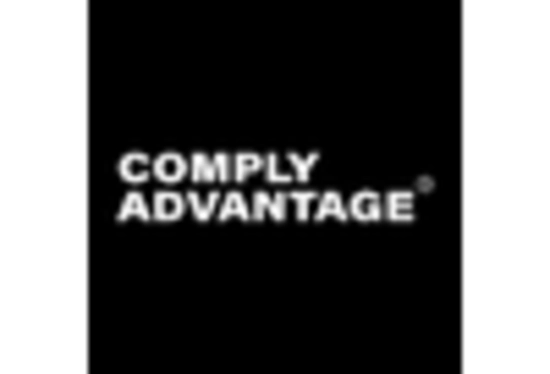

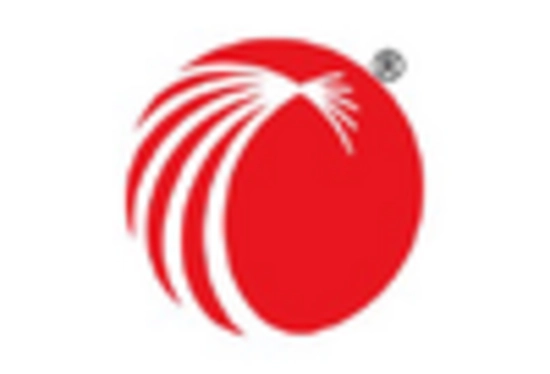
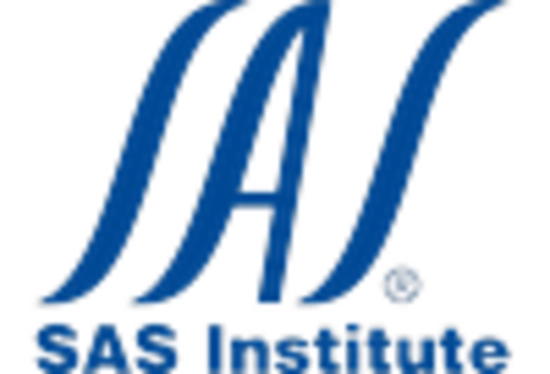
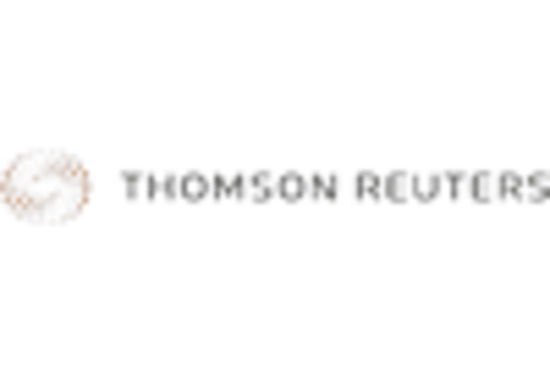
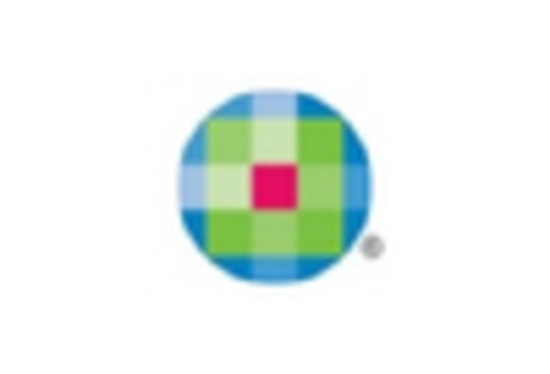








Leave a Comment